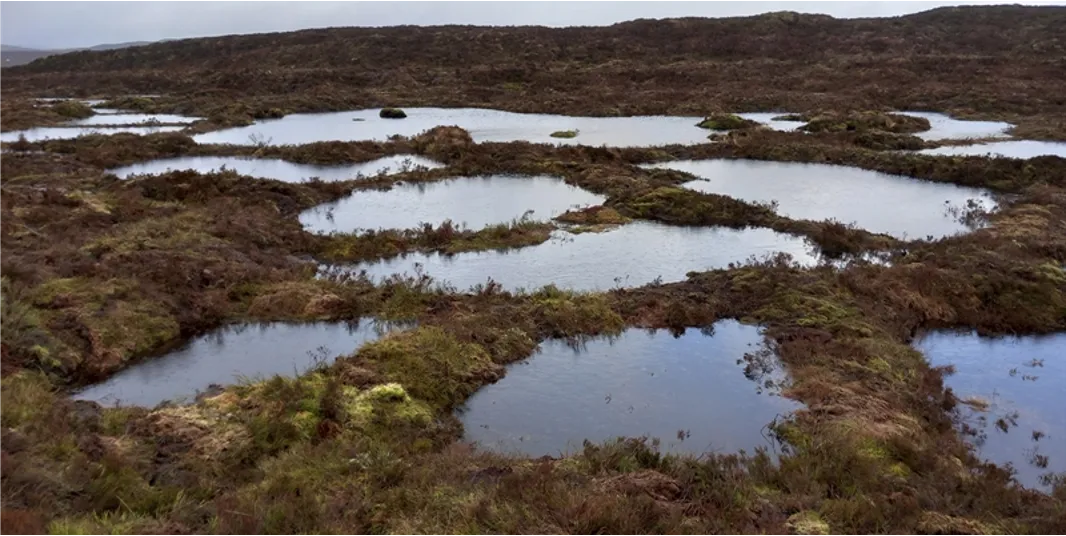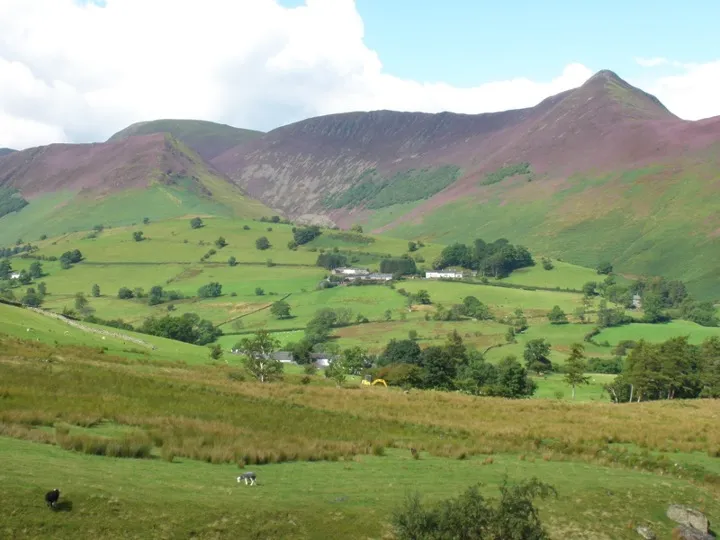Putting nature at the heart of land use change in the UK
How do we ensure that we understand how we can grow enough food to eat, while also protecting and restoring biodiversity, and capturing and storing carbon?
.jpg)
On this page
How can we put nature at the heart of land use change in the UK?
UK land is currently under a lot of pressure. We need it to deliver food and timber, contribute to net-zero goals, store carbon and support the recovery of nature, among other demands. So, we have a challenge on our hands. How do we ensure that we understand how we can grow enough food to eat, while also protecting and restoring biodiversity, and capturing and storing carbon?
We know that we need to make the right choices in the right places. For example, creating and restoring more habitats using nature-based solutions could drastically cut UK carbon emissions, reduce flood risk and improve water quality. But careful planning is needed to ensure that nature can thrive while producing enough food for people to eat.
Finding solutions that work for multiple purposes is possible, but only when nature is a top priority. We know nature can deliver many complimentary benefits to people, livelihoods and landscapes, but it must be in good health and properly protected to do so.
From nature-based solutions to nature-friendly farming, many of the tools available to us are already being used in the UK, delivering multiple benefits and demonstrating how the needs of nature, climate and people can be met harmoniously.
Find out more about our work to support nature-based solutions here
Find out more about our work to support nature-friendly farming here

Protecting our uplands
The UK uplands are wild and remote open landscapes, made up of a rich mix of internationally important habitats and species, some of which were once widely found but are now increasingly only present in the uplands. These areas are usually distant from our major towns and cities and home to dispersed rural communities.
Throughout the UK, healthy uplands store vast amounts of carbon (especially in peat) and play an important role in capturing drinking water and regulating the flow of water downstream. When in poor health, upland habitats including peatlands dry out, releasing carbon to the atmosphere and more water downstream. Throughout the UK, millions of people are drawn to the uplands for leisure, particularly to places protected as National Parks and National Landscapes, making the uplands vital to the physical and mental wellbeing of many people.
Despite their importance, upland habitats are often in poor condition, and are unable to deliver their full potential for nature, climate and people. Working with others, we look to change the way land is used, advocating for policies that restore habitats and support nature-friendly land use and management.

Safeguarding our freshwater
All life depends on access to clean and plentiful water. Over 200,000 streams, rivers, lakes, estuaries, groundwater stores, ponds and wetlands make up the UK’s freshwater network, which is home to a diverse collection of wildlife including voles, otters, herons, trout and beavers. They also act as a lifeline for many migratory and breeding bird species including Curlew and geese.
Sadly, many of our waterbodies are in very poor condition, with some at risk of being unable to support any wildlife at all. They face complex challenges from all sides including persistent and widespread pollution from agriculture, the water sector and urban sources. Due to climate change and over-abstraction (when more water is taken from the water system than can be naturally replaced) we are experiencing prolonged periods of drought. Winter flooding is set to become more common and severe. Through our work, the RSPB advocates for better protection and management of the freshwater environment, supported by robust monitoring, regulation and enforcement, to deliver for both nature and people.
Sadly, many of our waterbodies are in very poor condition, with some at risk of being unable to support any wildlife at all. They face complex challenges from all sides including persistent and widespread pollution from agriculture, the water sector and urban sources. Due to climate change and over-abstraction (when more water is taken from the water system than can be naturally replaced) we are experiencing prolonged periods of drought. Winter flooding is set to become more common and severe.
Through our work, the RSPB advocates for better protection and management of the freshwater environment, supported by robust monitoring, regulation and enforcement, to deliver for both nature and people.
Restoring our woodlands and trees
Woodlands, forests and landscapes rich in trees are of vital importance for climate, nature and people. Managed sustainably, they provide habitats for wildlife, help regulate our air and water, and provide a source of raw materials. We also know that Ancient Woodlands and trees, especially mature ones, are a crucial carbon store. To make the most of their potential, we need policies that protect, restore and reconnect our woodland habitats, increasing resilience to climate change and boosting biodiversity in the process.
Find out more in our storymap here